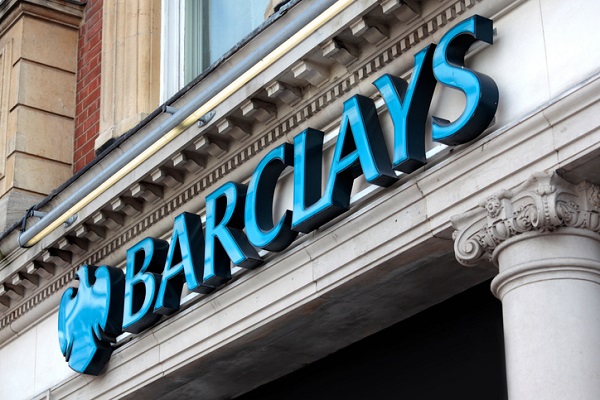Barclays shares rally after it kicks off bank results season
28th July 2021 09:39
by Richard Hunter from interactive investor
Now trading around the same price as before the pandemic, these results explain why Barclays remains the preferred play in the UK banks sector.

Barclays (LSE:BARC) has opened the UK banks reporting season in some style, boosted by an improving economy and record income within its investment bank.
Pre-tax profit of £5 billion compares with £1.3 billion in the corresponding period last year. The release of credit impairment provisions of £740 million, set against the 2020 charge of £3.7 billion, is a major driver towards the improved number and reflects both an improving economic outlook and a benign credit environment.
- The Week Ahead: UK banks, Lloyds, Glaxo, Shell, BT, US tech
- Six US bank stocks: buy, hold, or sell?
- 10 blue-chip shares for contrarian investors
- Subscribe to the ii YouTube channel and catch all our latest interviews and video content
Within the Corporate and Investment Bank, equities income rose by 38% and investment banking by 27% to new records, although the fixed interest unit fell by 37%, enough to drag group income overall down by 3%. Meanwhile the Consumer, Cards and Payment unit saw a decline of 4% in income, given the current propensity of customers to save rather than borrow, and to pay down credit card debt rather than increase balances.
The presently low level of interest rates continues to put pressure on margins, with the Net Interest Income figure down by 8%, while operating expenses rose by 10% over the period, reflecting the “structural actions” the bank had previously flagged. This has resulted in the cost/income ratio ticking higher to 64% from 57% a year ago, above the bank’s aim of a figure under 60%.
Even so, for the most part, the numbers indicate a bank in rude health.
The capital cushion, or CET1 ratio, is still well in excess of the bank’s target and stands at 15.1%, second quarter pre-tax profit of £2.6 billion is ahead of the expected £1.7 billion, and UK income was bolstered by a strong performance in mortgages. Overall, the Return on Tangible Equity figure rose significantly to 16.4% from a previous 2.9%, sitting for the moment comfortably ahead of plan.
The strength of the financial position has also enabled further progress on capital distributions, with an announced buyback programme of £500 million adding to the £700 million scheme completed in April. At the same time the dividend payment was doubled and, while this still implies a yield of 1.2% (pre-pandemic the shares were yielding around 9.6%), there nonetheless remains significant gas in the tank to hike payouts further.
- Top 20 most-bought UK shares in Q2 2021
- Take control of your retirement planning with our award-winning, low-cost Self-Invested Personal Pension (SIPP)
In terms of the banking season overall, it remains to be seen whether this Barclays performance is as good as it gets, and the shares have reacted warmly to the results. This consolidates a strong performance over the last year, where the shares had risen by 53%, as compared to a gain of 14% for the wider FTSE100 index.
The benefits of the bank’s diversified model by geography and business lines is again clearly in evidence, with the market consensus of the shares as a 'strong buy' making Barclays the preferred play in the sector.
These articles are provided for information purposes only. Occasionally, an opinion about whether to buy or sell a specific investment may be provided by third parties. The content is not intended to be a personal recommendation to buy or sell any financial instrument or product, or to adopt any investment strategy as it is not provided based on an assessment of your investing knowledge and experience, your financial situation or your investment objectives. The value of your investments, and the income derived from them, may go down as well as up. You may not get back all the money that you invest. The investments referred to in this article may not be suitable for all investors, and if in doubt, an investor should seek advice from a qualified investment adviser.
Full performance can be found on the company or index summary page on the interactive investor website. Simply click on the company's or index name highlighted in the article.